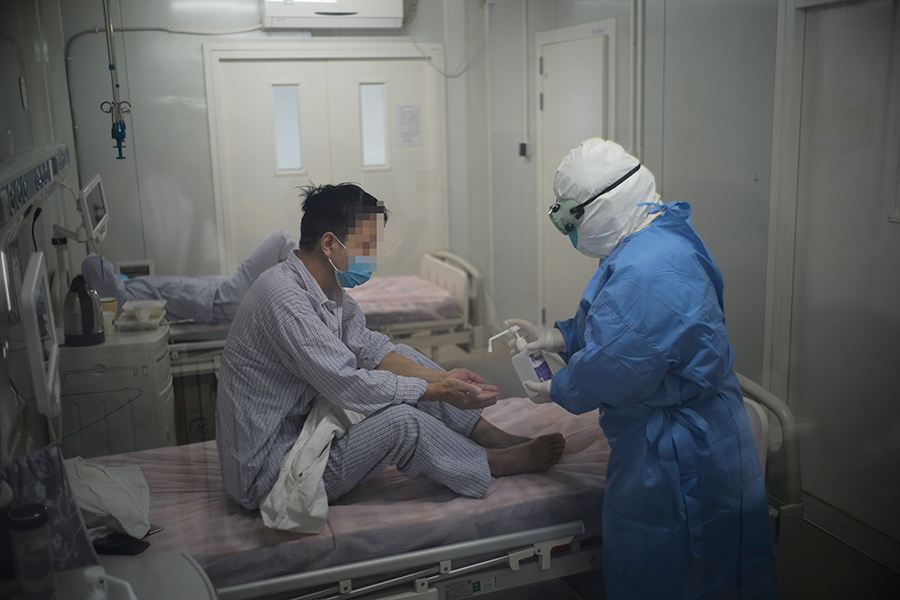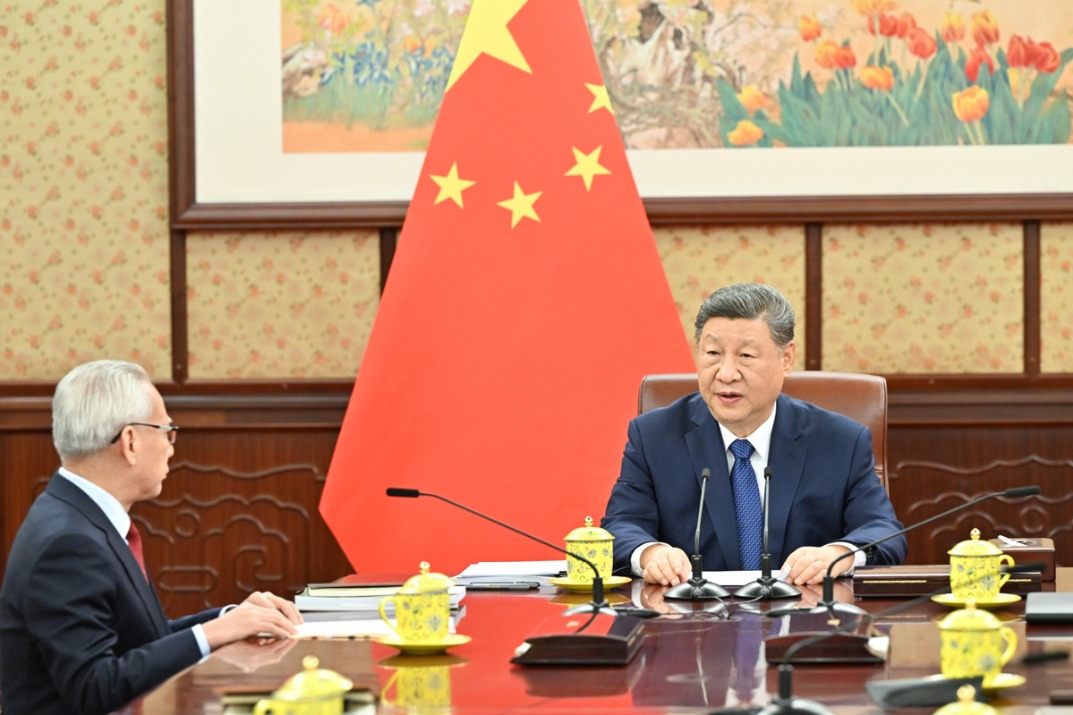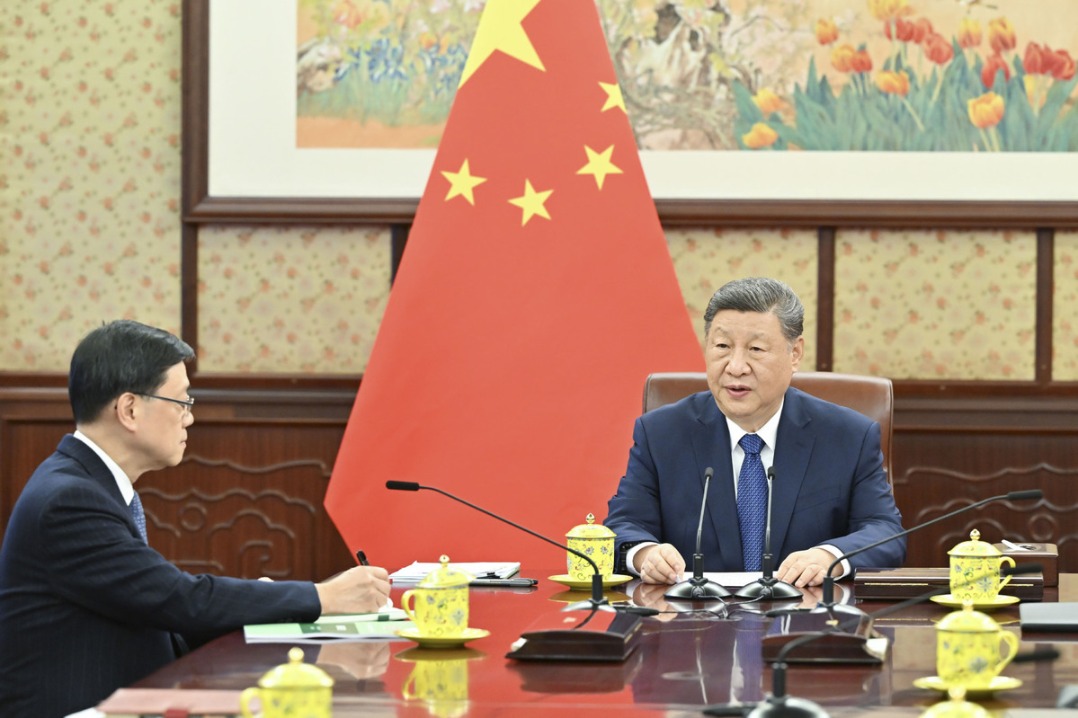Swift action puts Beijing on road to recovery


Five days after the hospital received the first case from the cluster, the number of confirmed cases exceeded 100.
On June 16, Beijing raised its public health emergency response from the third to the second level.
On June 18 and June 19, the hospital cleared its inpatient wards to handle COVID-19 cases. The inpatients were transferred to other hospitals in the capital with the help of the city's health authority.
A total of 108 medical workers from other hospitals were sent to Beijing Ditan to help treat patients.
The hospital raised the number of beds for COVID-19 patients to 1,070, with 1,000 for non-severe cases and 70 for those in critical condition.
Mass testing
On the evening of June 18, it rained heavily, with loud claps of thunder.
Someone yelled: "Put testing boxes in safe places. Find somewhere to get medics out of the rain."
At a residential community in Fengtai district, where the Xinfadi market is located, medics took samples from residents, making full use of every second even though it was raining hard.
From time to time, community workers reminded people in the line to keep a distance of at least 1 meter apart.
Next day, the temperature in the area rose to 35 C.
In Caoqiao village, Fengtai, 41 medics wearing full protective suits took samples from residents.
As the temperature rose, community workers delivered 50 large ice bricks to the sample collection site, placing them under medics' feet.
After the new infections occurred, the Fengtai district government suspended operations at the Xinfadi market and swiftly blocked access to 11 residential communities. Schools and kindergartens near the market were closed.
























